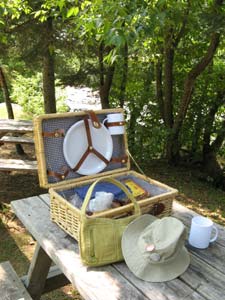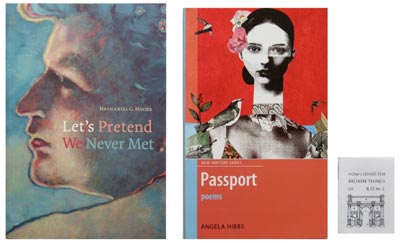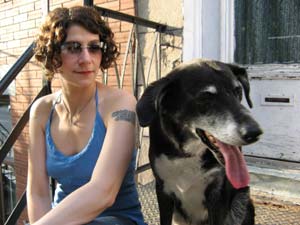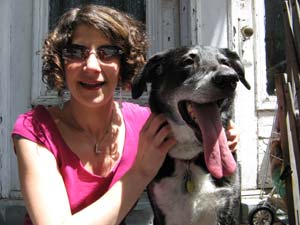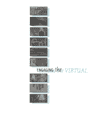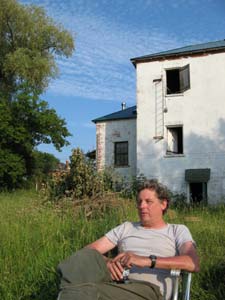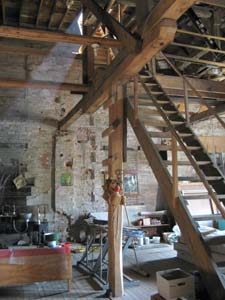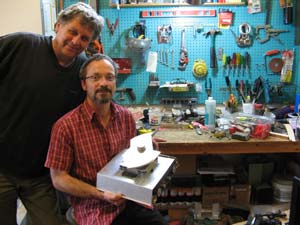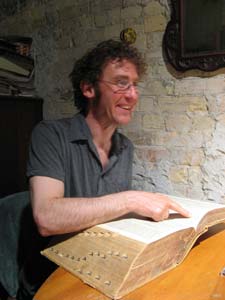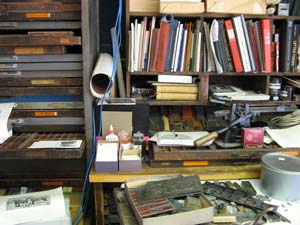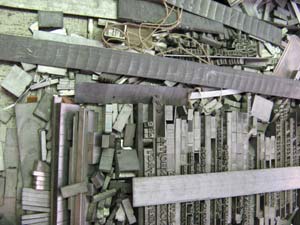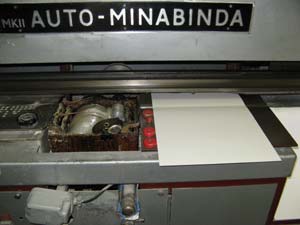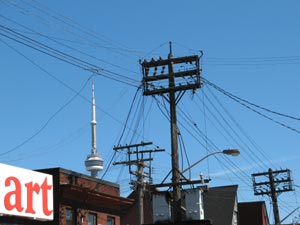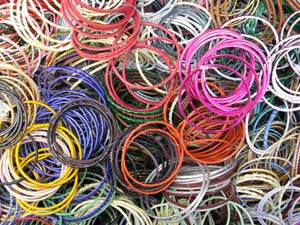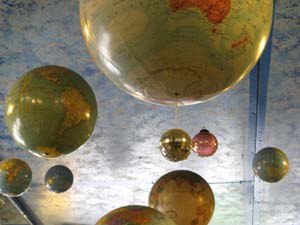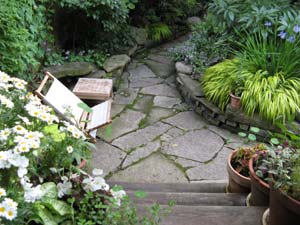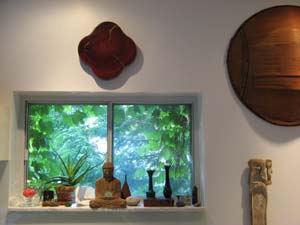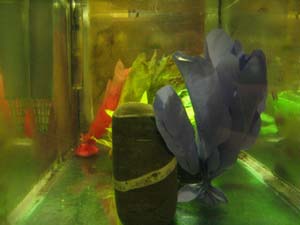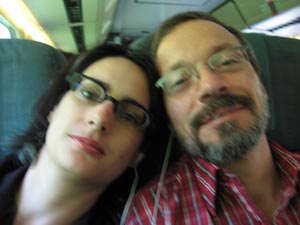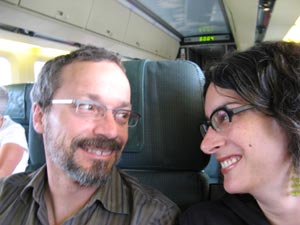We’ve walked up to the Jean Talon Market just about every weekend this summer. We’ve been buying whatever’s in season and planning our meals for the week around that. We’ve also been trying a new Québec cheese every week. I don’t know when this started but all of a sudden we have some amazing artisanal lait cru fromageries in Québec and the Fromagerie Hamel at the Jean Talon Market is a museum of them.
Back in June a number of regional cheese producers schlepped into town to offer tastings in front of Hamel. We’d already bought a semi-firm from Iberville, but we proceeded from table to table tasting cheeses for next time. At the last table we came to we met two goats, skittish ambassadors of some great chèvres, and we were blown away by a vache called le Rassembleu. The woman at the Rassembleu table invited us to visit their farm. We decided on the spot that we would.
Last week we rented a car for a day and headed up to Sainte-Sophie to visit Les Fromagiers de la Table Ronde. We had no idea what to expect. We’ve never set off in search of a food item in quite this way before. We’re not galloping gourmands booking truffle-hunting excursions and then smuggling home crates of wine from France or anything. Generally we eat what we can buy within walking distance of our apartment. Whatever expectations we had of Les Fromagiers de la Table Ronde they were well exceeded. We called ahead and had been advised to arrive before 11AM at which time a tour bus would descend. We didn’t want to be there when that happened! We arrived well in advance of the bus and had the place to ourselves. M. Alary, head of this family run operation, greeted us. Through a huge plate glass window we watched a woman dressed in white was mixing this mornings milk – already forming into curds – in a giant stainless steel tub. We offered out rapt attention to M. Alary who quietly explained everything we ever thought we wanted to know but didn’t know whom to ask about how they make cheese. I don’t’ want to spoil the tour for you, but here are some facts that really everyone should know: All the different cheeses come from the same cows. They make a different kind each day. It takes ten litres of milk to make one of cheese. You have to poke holes in blue cheese to get the blue into it. Les Fromagiers de la Table Ronde has been producing organic raw cows milk cheeses for over four years now, but the farm has been in the family for generations. Artisanal cheeses cost less on site than in stores in Montréal. After our window tour we had a tasting and made our selections. We bought le Rassembleu, of course; le Fleurdelysé, a much younger softer bleu half of which we promptly devoured an hour later picnicking beside le Petit Rivier du Nord; le Fou du Roy, a young semi-firm with a pale orange rind; and le Pavé, which we later put on the most incredible pizza – le Pavé is like the Fou du Roy only the rind is washed off every day so they can age it longer so it’s firmer and more intense. M. Alary seemed impressed that we’d come prepared with ice packs and coolers. At any rate, he gathered that we were serious about cheese and gave us directions to a chèvre fromagerie a little further down the road. Our selection of cheeses, safely stowed in the cooler, the tour bus looming on the horizon, we walked across the field to say hi to the Alary cows and soon were on our way. Thanks cows.
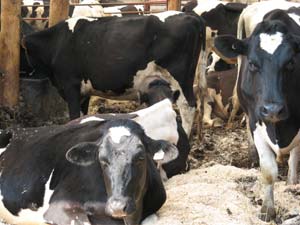
Les Fromagiers de la Table Ronde
317, route 158, Sainte-Sophie (Québec)
http://www.fromagiersdelatableronde.qc.ca
Fromagerie La Suisse Normande makes vache and chèvre cheeses; we were already stocked up on vache so we concentrated on the chèvre. We bought a semi-firm called le Capra, half of which disappeared during the afore mentioned picnic; two small dried Crottin, one of which we crumbled onto a zucchini flour fresh pasta last week that was so good we could have cried; a pyramid of le Sabot Blanchette; and two fresh Caprice that we put in a jar with herbs and oil to save for some dark gloomy winter day. It turns out that the goats we met at the market were from La Suisse Normande. When we asked the charming proprietor if we could meet them she said yes of course but she couldn’t promise that we’d find the same two that were at the market. We walked across the road and into the barn. The goats seemed excited to have company – they came running ove to check us out. They’re kind of like dogs – dog size and dog friendly – but instead of trying to sniff your crotch they try to eat your watch. Thanks goats.
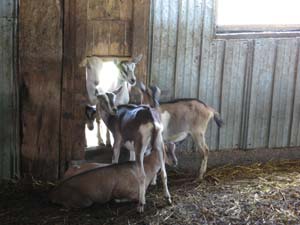
Fromagerie La Suisse Normande
985, Rivière Nord, St-Roch de l’Achigan (Québec)
http://fromageduquebec.qc.ca/suissenormande
. . . . .
